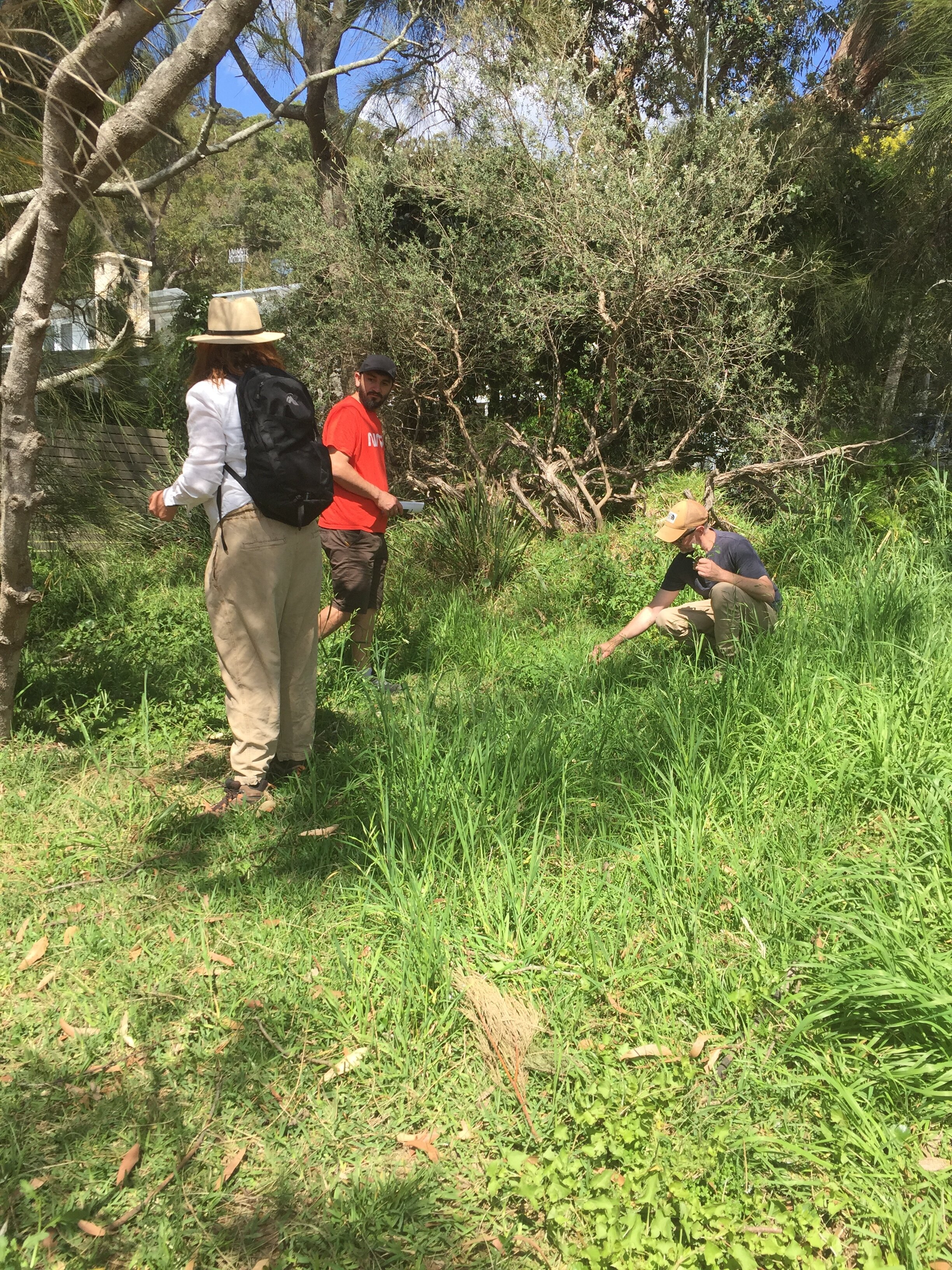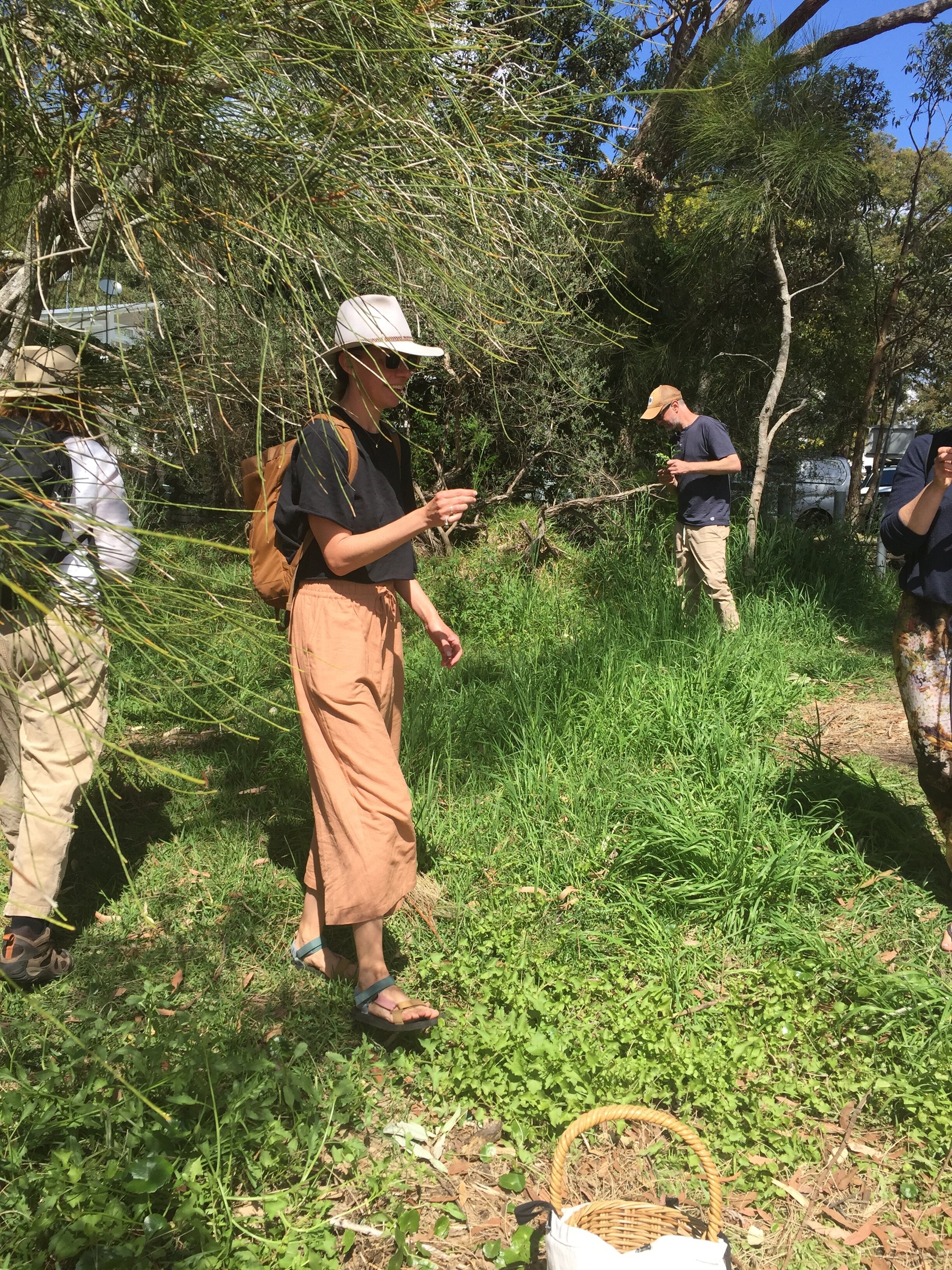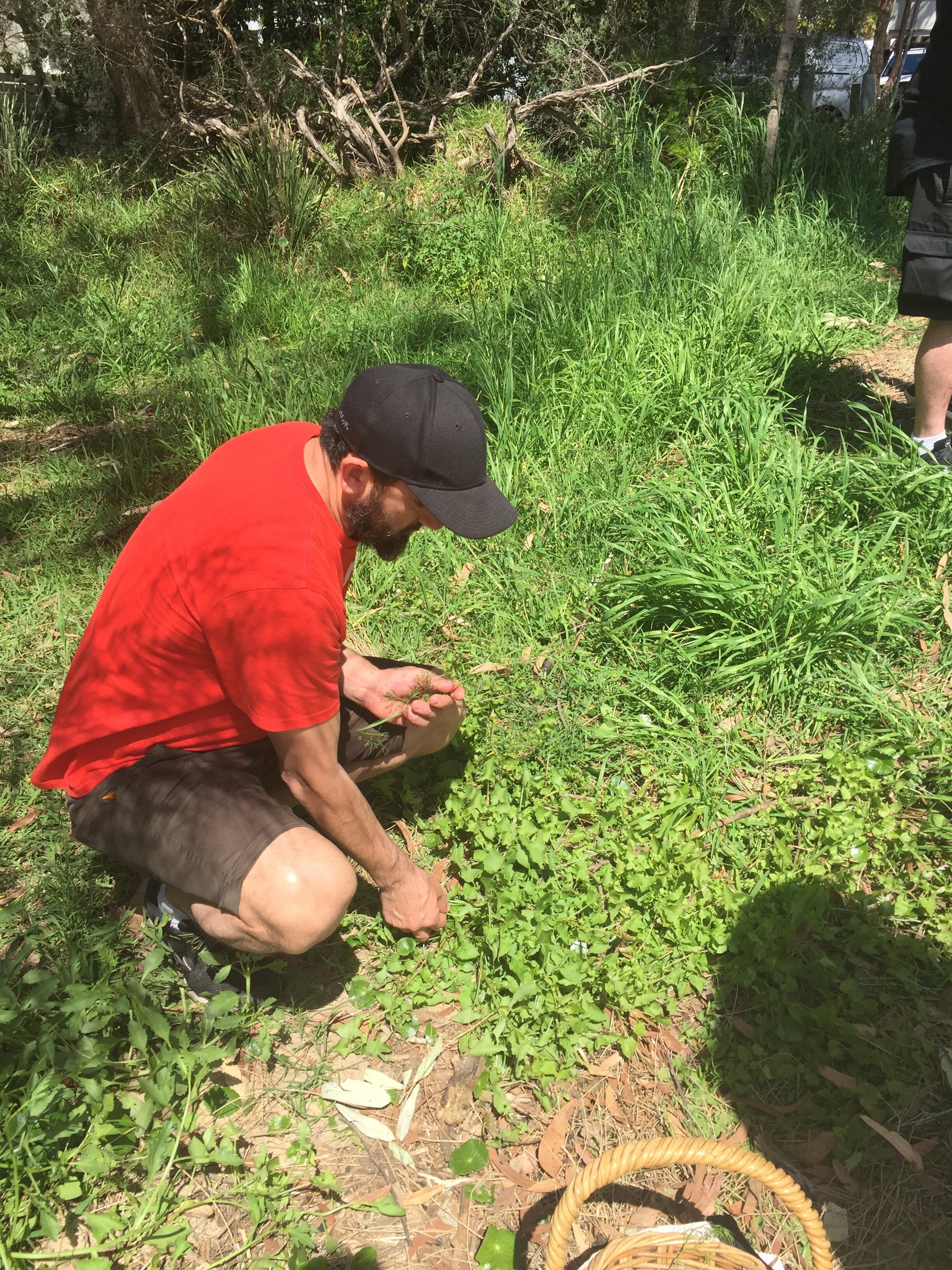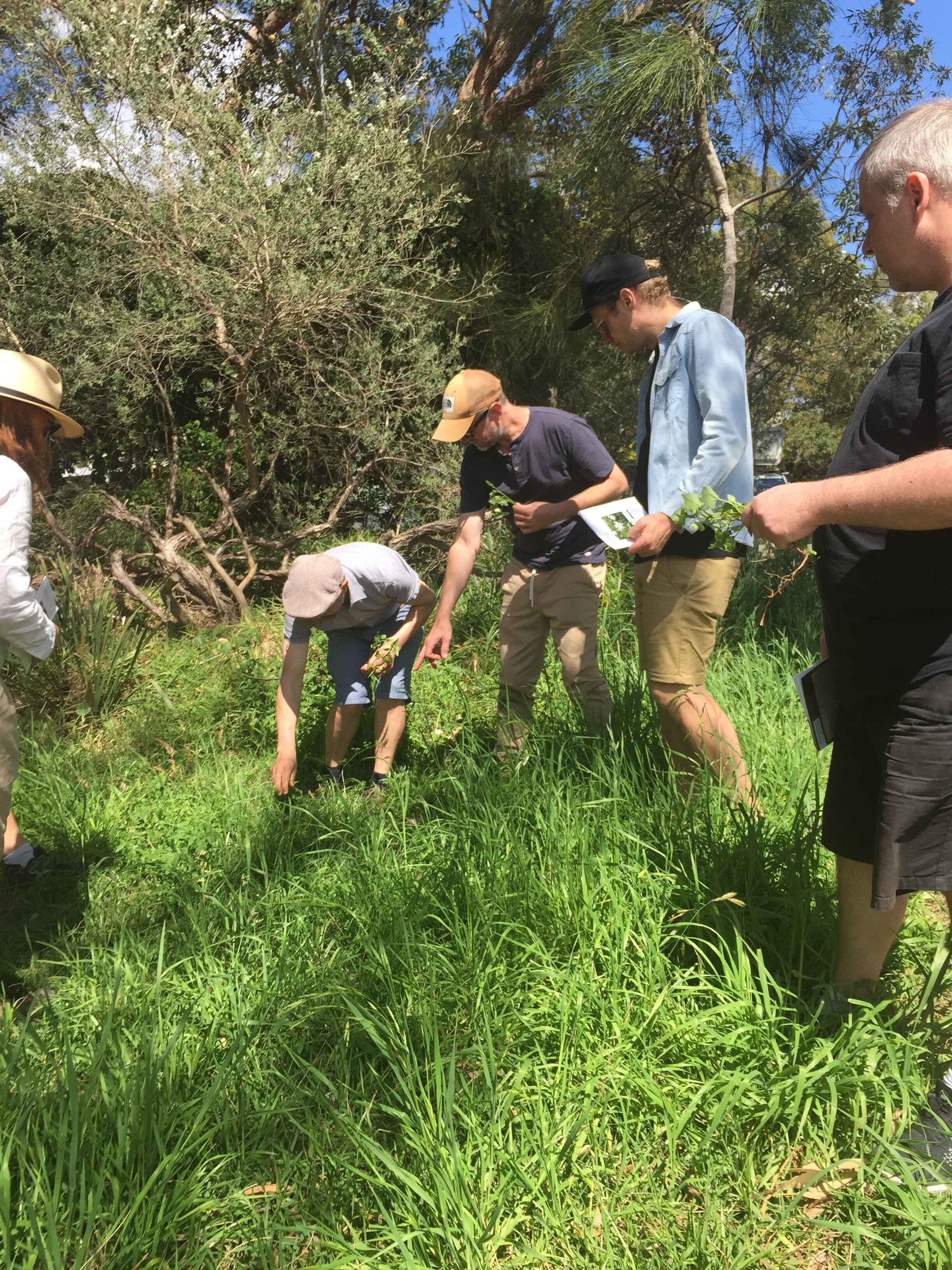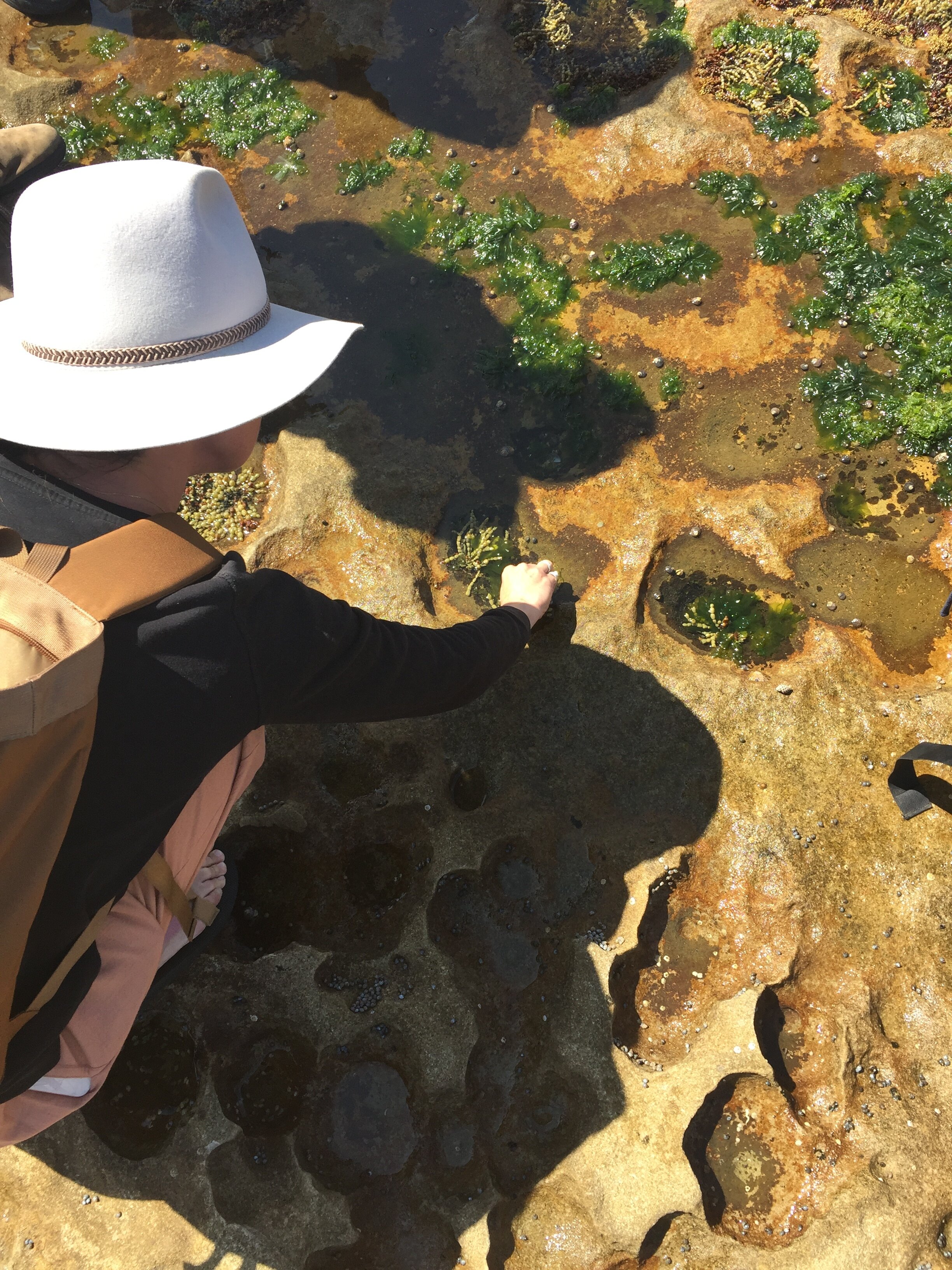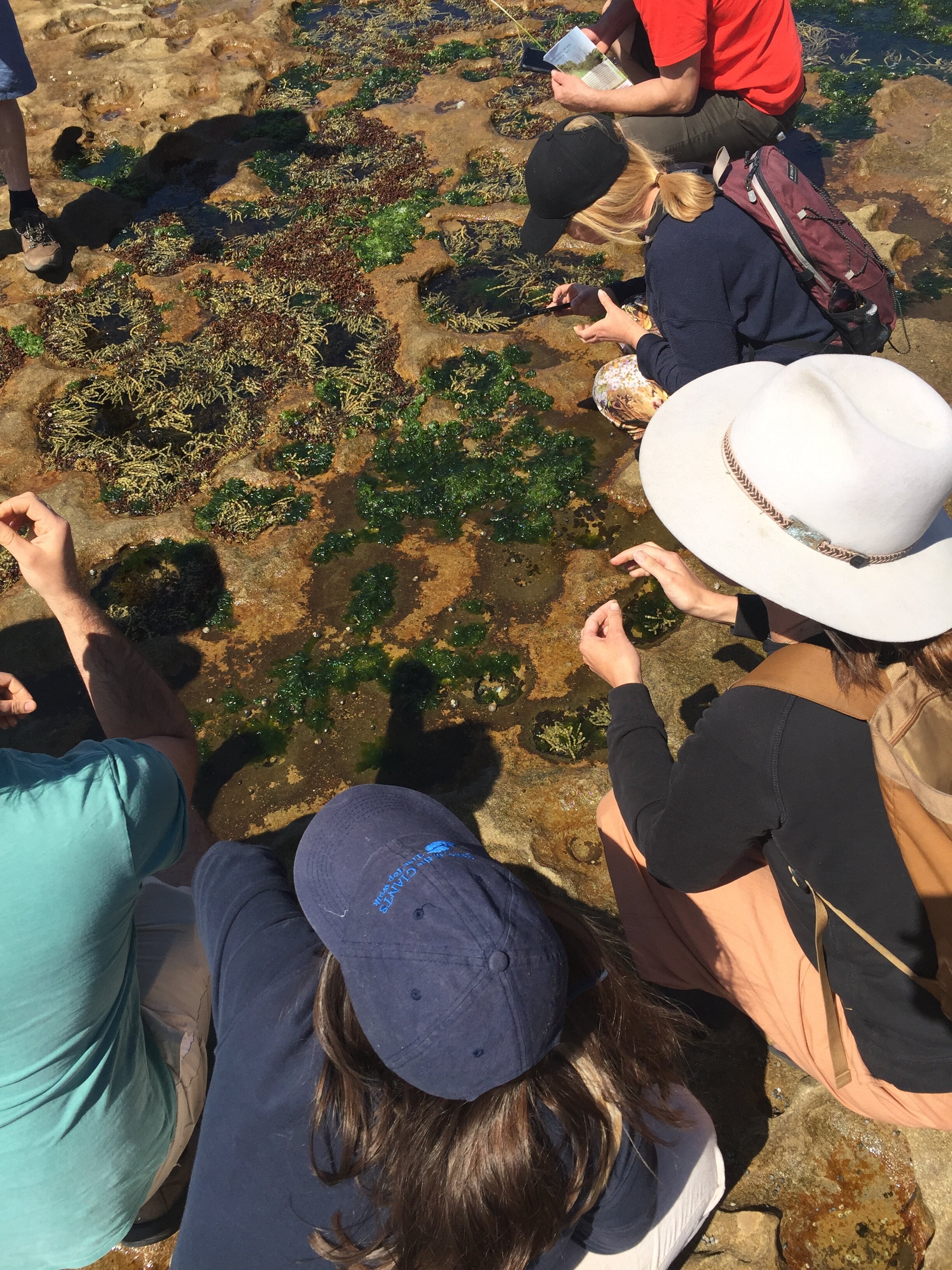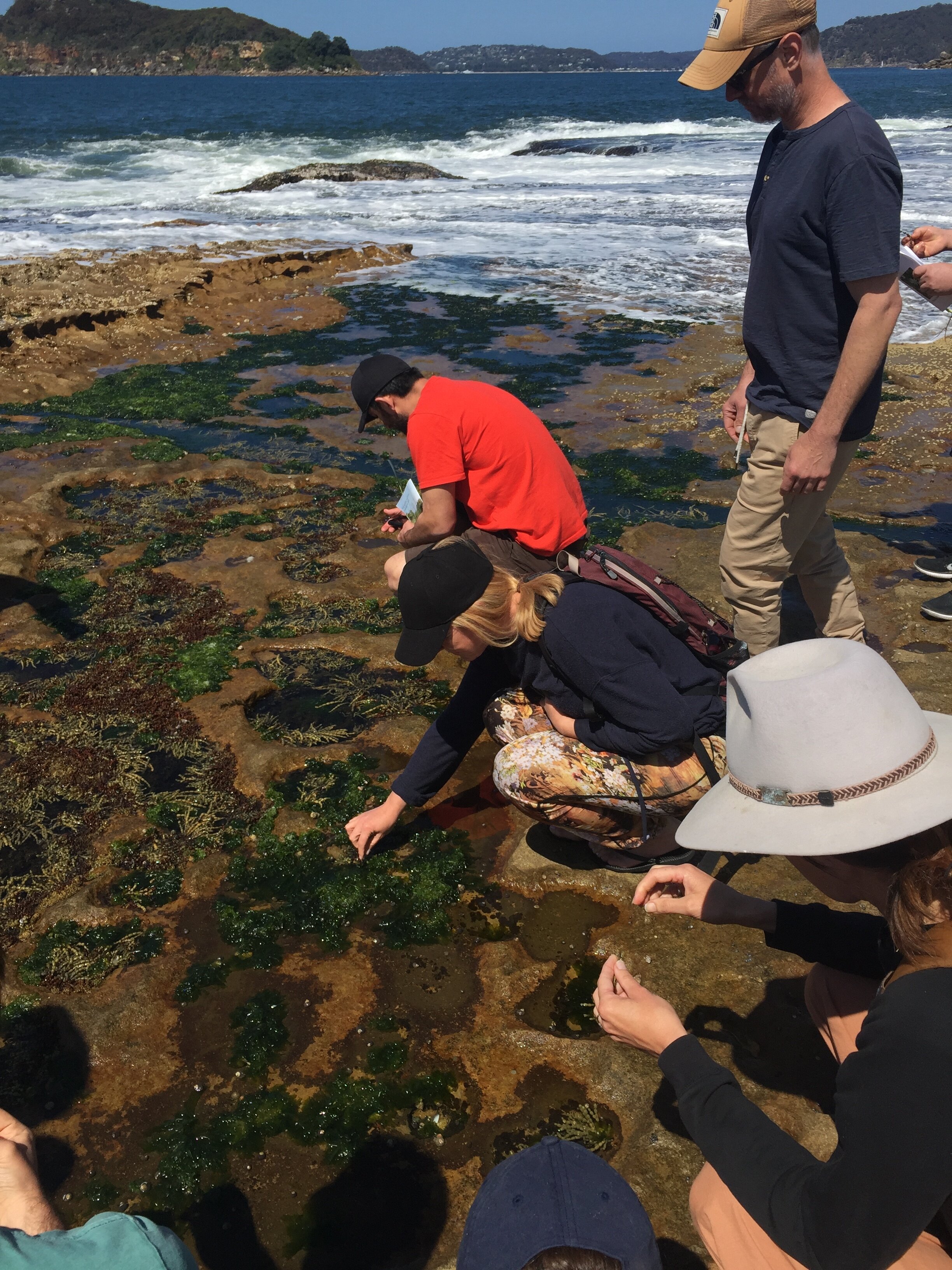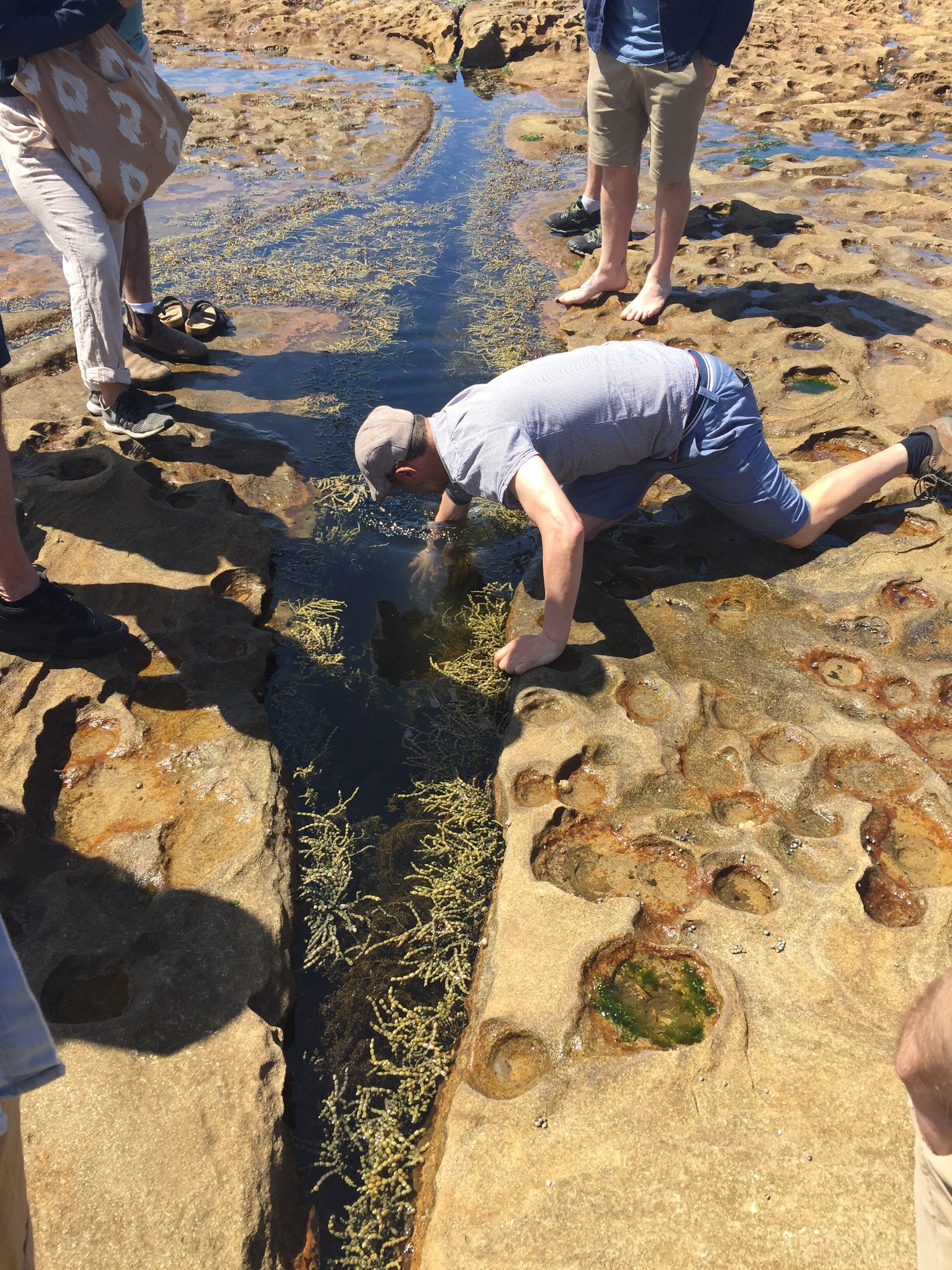Seeing our own botanical reality.
The article below is from Kit Bylett, a lovely artist, baker and life learner that came to a seaside foraging workshop I recently offered just north of Sydney.
It is great to hear how people experience the workshops, what they take away and what worked.
All images and words are from Kit, as they have been offered.
Thank you Kit, you’re star!
SEEING OUR OWN BOTANICAL REALITY
Reflections on a coastal foraging workshop. Kit Bylett, September 2020.
Call it an epiphany, call it a revelation, or a crisis of taxonomic identity; a whirling sensation as my inner flower-child rejoices at the freshly digested prospect... could it be, that I am, myself, a weed?
It’s a subdued September afternoon while this quandary unfurls, but I am buzzing. My salty powder-coating steadily seasons the house as I pace to my thoughts, involuntarily ebbing back to our morning’s adventure.
Hemmed in a camp of she-oaks, attention gathers towards the verdant figure darting between our assembly and the knee-high jungle beyond. This is Diego, the Weedy One. Part man, part weed. Plant personified.
I survey the novel ritual, as he decisively rummages through the green anarchy, bearing on return a bouquet of glossy lily pads. Our first introduction is with the coastal resident, marsh pennywort, whose crisp discs - we are pleased to hear - carry the beloved likeness of carrots.
One after another, our ginger nibbles give way to a round of animated appreciation; the bitter-sweet taste distilled by a new way of seeing. Tangled in the murmur, piqued an inquisition - but, is this a native? And Diego, leaning into the pause, deftly pairs a proposition:
“Introduced, the same as you.”
Left toying with our appetiser, he doubles back to usher in rambling dock, who is a leggy, lank but delectably lemony welcome addition. Fronds of herbaceous slender celery wave us deeper into Diego’s domain where we are exposed to blackberry nightshade’s inky charms.
Our collective wilding is tested by a brush with sow thistle; the unkempt edible of equally wayward lawns. Any brief misgivings wilt as Diego raises a mirror in place of this earthly stalwart, whose indiscriminate terroir reflects our own evolution.
“It grows out of concrete dust, that’s how much it knows us.”
On our shores, he proceeds, it’s seen as a “contested native”; neither quite belonging, nor visiting; its roots, eternally tapped to remote lands, now find themselves secured here, bound with the briny loam under our feet. Heeling my weight deeper into the sand, I’m unsure whether we were still talking about plants.
Jolted from this momentary suspension, we are amused by an unchecked migration towards the amplified surrounds. In a scene as yet enacted within this humble enclave, our hunched grazers ruminate through the understorey, looking, touching, tasting, speaking to the earth with an enriched alphabet deciphering the array of green.
There were plenty more auspicious introductions to be made that morning, as we traipsed further afield. But in that short spell, in that first classroom, the penny dropped. Whilst it’s certainly satisfying to regain some autonomy over what one eats, and a delight to sample flavours uncharted in our kitchens, the more curious act was one I had not foreseen. We were replenishing our innate need for connection to place, cultures, communities and ourselves. Foraging is food for thought, and it can be found anytime, in any place - most readily, in our own backyards. As Diego kindly reminded us, all along:
“You choose to see. It is not that it wasn’t there. It was there.”


